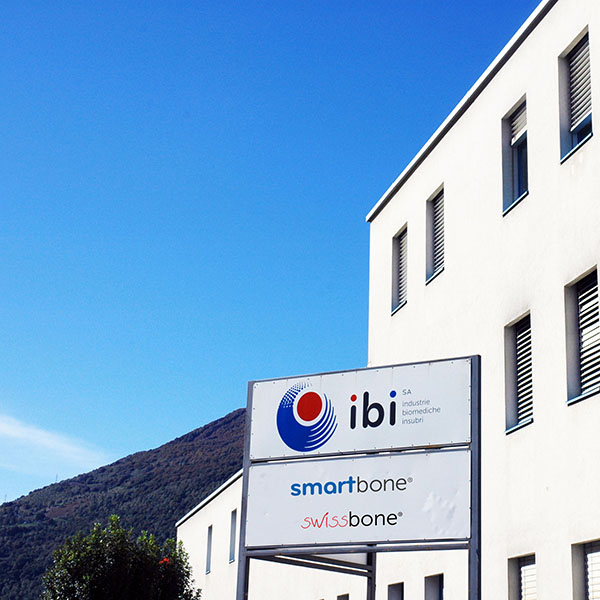CLOSE

Date:
2019
Journal:
Appl. Sci. 2019, 9(13), 2675
Author:
Riccardo Ferracini , Alessandro Bistolfi Riccardo Garibaldi , Vanessa Furfaro , Agnese Battista and Giuseppe Perale
Link:

Introduction: Tibial plateau fractures represent a common challenge for orthopaedic surgeons, sometimes representing complex cases to manage, where augmentation using bone grafts is required for stabilisation. Autologous iliac bone graft (AIBG) is the current gold standard for bone grafting. In order to overcome limitations related to the procedure, alternative strategies, like allogenic and xenogeneic bone substitutes have been investigated. Here, within the framework of an observational clinical study, we report clinical and radiological outcomes of patients treated for tibial plateau fractures with a composite xenohybrid bone graft, aiming at assessing clinical and radiological outcomes. Materials and Methods: We performed a cohort retrospective study of patients treated for tibial plateau fractures from May 2017 to January 2018. Thirty-four patients, i.e. 100% of those having received the bone graft under investigation for tibial plateaux fracture treatment, met the inclusion criteria and were enrolled in the study. Patients were assessed at 2 weeks, and then at a 1-, 3-, and 6-months, and 1-year follow-up. At each evaluation patients filled a visual analogue scale (VAS) for the level of pain during the day life activities and underwent physical exam and anteroposterior and lateral projection radiographs of the knee. At 1 year the Tegner Lysholm Scoring Scale, International Knee Document Committee 2000 (IKDC 2000), and Short Form (36) Health Survey (SF-36) were administered. Results: At 1-year, mean VAS decreased from 6.33 ± 1.40 to 1 ± 0.79 (P < 0.0001); Tegner Lysholm Scoring Scale was 89 ± 4.10 and mean IKDC 2000 was 78.67 ± 3.31. No infections, neurovascular complications or adverse effects related to implants were reported during the clinical exams at follow-up. Mean ROM was 124 ± 6°. Radiographs did not show defects of consolidation or progressive post-surgical subsidence and demonstrated a good grade of integration of the implant. Conclusions: Clinical and radiological outcomes, and scores of questionnaires, were good. The xenograft has demonstrated to be a safe biomaterial, with satisfactory mechanical and biological performances in the mid-term period. It also showed a high grade of osteointegration and remodelling

IBI SA
Industrie Biomediche Insubri SA
via Cantonale 67, CH-6805 Mezzovico-Vira, Switzerland
t. +41 91 93.06.640
f. +41 91 220.70.00